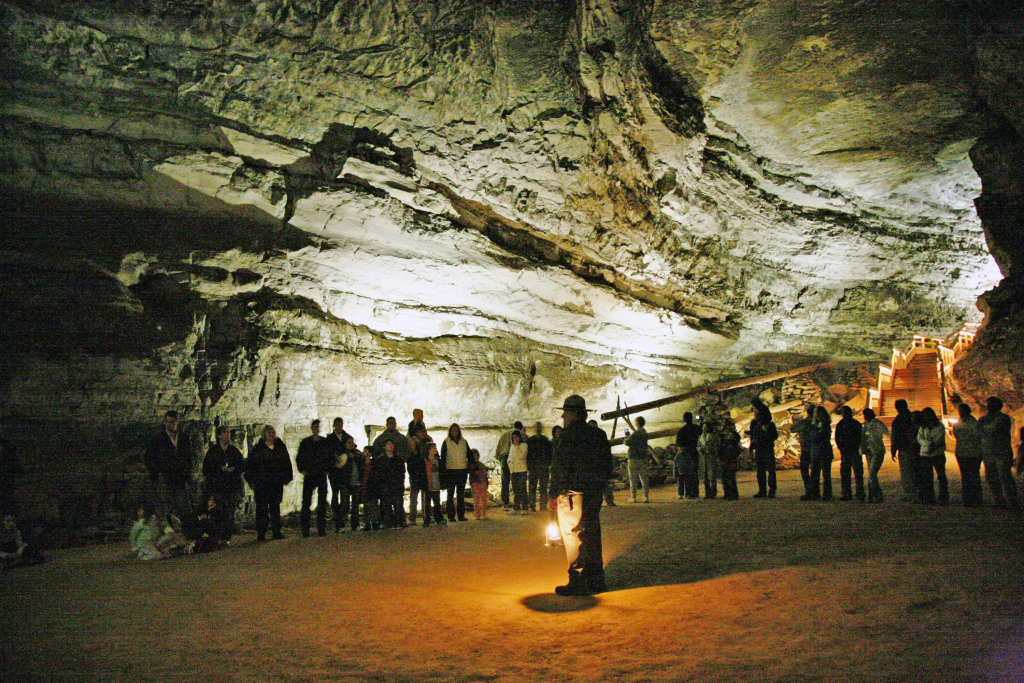Hidden beneath the forested hills of south-central Kentucky lies a world so vast and complex, it continues to amaze scientists, historians, and explorers to this day. Mammoth Cave, the longest known cave system on Earth, stretches more than 426 miles underground and it’s still growing.
But Mammoth Cave is not just an underground labyrinth of stone. It’s a time capsule, a silent witness to over 5,000 years of human history. From prehistoric Native American visitors to 19th-century explorers, from saltpeter miners fueling a young nation’s war effort to modern-day tourists marveling at its scale, Mammoth Cave is a place where natural beauty and human legacy meet.
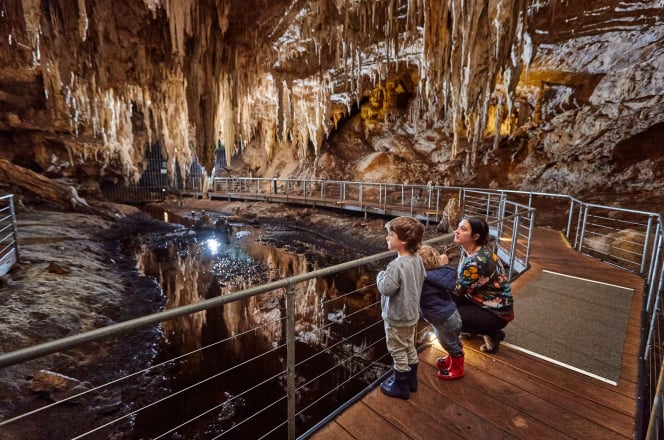
Ancient Footsteps in the Darkness
Long before European settlers set foot in North America, Indigenous peoples were venturing into Mammoth Cave with torches made of bundled cane, navigating its darkness with remarkable skill. Artifacts like woven sandals, stone tools, and burned-out torches have been found deep within the cave system, offering clues to its earliest human visitors.
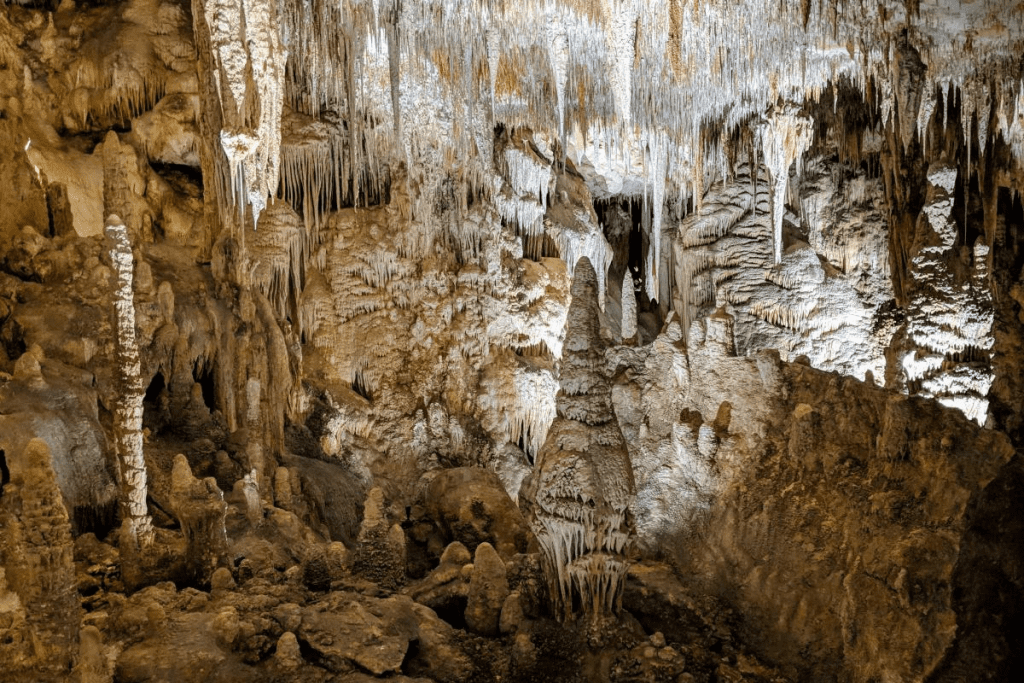
Radiocarbon dating places some of these items at over 5,000 years old. The Native Americans who explored the cave may have mined minerals such as gypsum and epsomite, which were likely used for medicinal and ceremonial purposes. While they left no written records, the traces they left behind remind us that Mammoth Cave was part of spiritual and cultural traditions long before it became a tourist attraction.
Video:
Mammoth Cave National Park | GoTraveler PASSPORT
Settlers, Saltpeter, and the War of 1812
By the 1790s, European settlers had begun to explore and map the cave. Its massive chambers and branching tunnels inspired awe but also presented opportunity. One of Mammoth Cave’s first industrial uses was as a source of saltpeter, a critical ingredient in gunpowder.
During the War of 1812, when imported gunpowder components became scarce, Mammoth Cave played a surprising role in supporting the American military. Miners many of them enslaved African Americans extracted nitrates from the cave’s soil to produce saltpeter, helping the young United States remain self-sufficient in a time of conflict.
Wooden leaching vats and other remnants of the saltpeter operation still remain in the cave today, serving as haunting reminders of a time when the cave was not just a wonder to behold but a vital national resource.
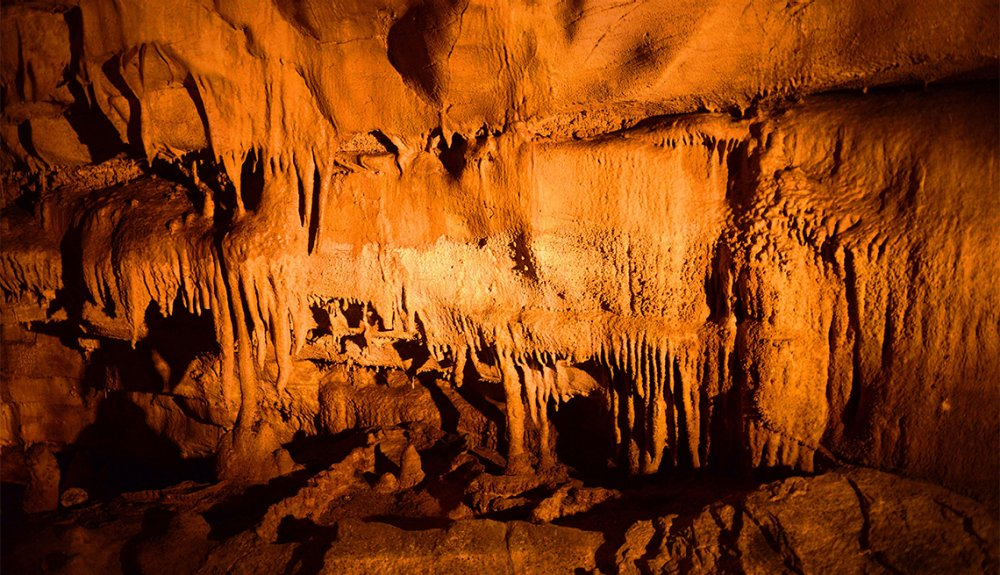
Stephen Bishop: Mapping the Underground Empire
In the mid-1800s, Mammoth Cave’s story took another extraordinary turn with the arrival of Stephen Bishop, an enslaved man who would become the cave’s most famous explorer. Despite having no formal training, Bishop developed some of the earliest detailed maps of Mammoth Cave and gave many of its most iconic areas their names including Fat Man’s Misery, Gothic Avenue, and River Styx.
Bishop guided wealthy tourists through the cave for over a decade, and his knowledge of the subterranean system was unrivaled. His maps were so accurate that modern researchers were able to confirm his routes with GPS and modern technology.
Though enslaved, Bishop left an indelible mark on Mammoth Cave’s legacy. His bravery, intelligence, and deep understanding of the cave helped bring its hidden beauty to the surface and his contributions are now recognized as pivotal in the cave’s history.
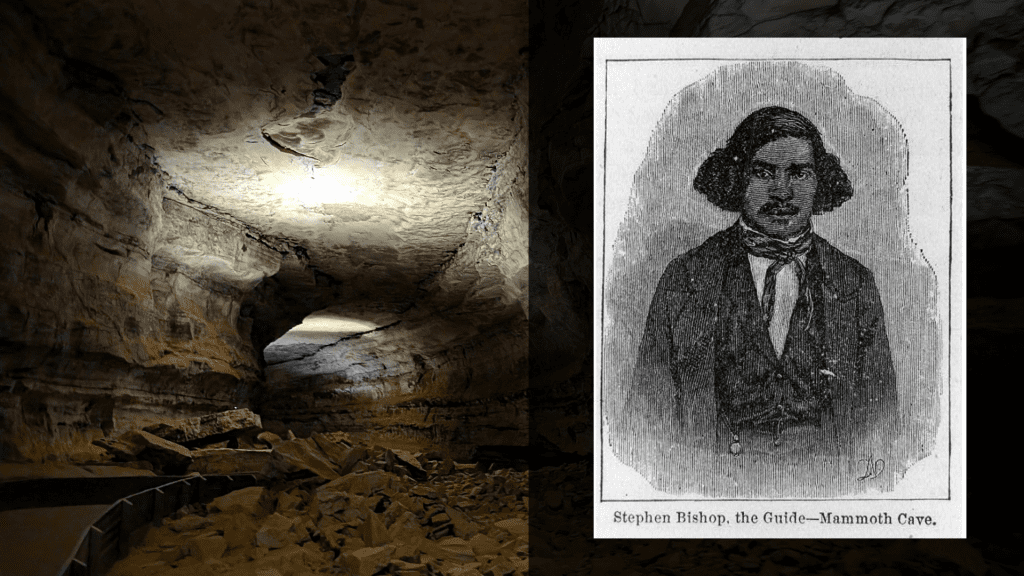
A National Park and a Growing Frontier
In 1941, Mammoth Cave was officially designated a National Park, preserving its natural beauty and historical significance for future generations. In 1981, it gained additional recognition as a UNESCO World Heritage Site, and later as an International Biosphere Reserve due to its unique geology and ecosystems.
Video:
MainStreet – “Wild Cave Tour at Mammoth Cave National Park”
But the story of Mammoth Cave is far from complete. Explorers continue to discover new passageways every year, slowly adding to the known size of the cave system. These discoveries remind us that beneath the ground we walk on lies a constantly unfolding mystery, still revealing its secrets after thousands of years.
Conclusion: A Wonder That Connects Us All
Mammoth Cave isn’t just the world’s longest cave system. It’s a living record of America’s past from ancient peoples and wartime industry to heroic exploration and natural preservation. As you walk its dark corridors and vast chambers today, you’re not just exploring a cave. You’re following in the footsteps of generations who came before.
Whether you come to marvel at its size, reflect on its history, or simply feel the quiet awe of deep earth silence, Mammoth Cave offers more than a tour it offers a journey through time.
